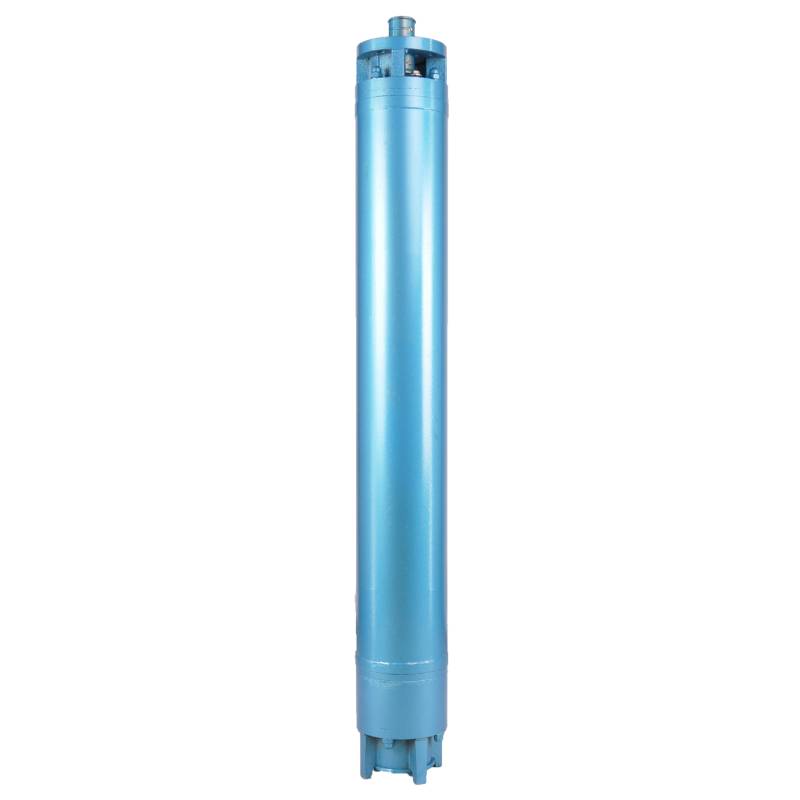Oct . 02, 2024 00:02 Back to list
Efficient Multistage Submersible Pump Solutions for Diverse Water Applications
The Multistage Submersible Pump A Comprehensive Overview
Hydraulic systems have evolved significantly over the years, and among the various types of pumps available, the multistage submersible pump stands out as a remarkable innovation. These pumps have gained immense popularity in various applications, including water supply, irrigation, and industrial processes, owing to their ability to operate efficiently in deep well systems and other submerged environments.
What is a Multistage Submersible Pump?
A multistage submersible pump is a type of pump that consists of multiple impellers and stages, allowing it to generate high pressures while maintaining a compact design. Unlike traditional pumps that operate above ground, submersible pumps are designed to be fully submerged in the fluid they are pumping. This unique design allows for greater efficiency and reduces the risk of cavitation, a phenomenon that can damage pumps operating in high-pressure conditions.
How Do They Work?
The multistage submersible pump operates by utilizing multiple impellers arranged in series. As the motor drives the first impeller, water is drawn into the pump and accelerated outward. Each subsequent impeller further increases the water's velocity and pressure, effectively lifting the fluid to the desired height. The combination of multiple stages allows the pump to achieve much higher discharge pressures compared to single-stage pumps, making them ideal for deep well applications.
Applications of Multistage Submersible Pumps
1. Water Supply and Distribution These pumps are commonly used in municipal water systems to deliver water from deep aquifers to treatment facilities or directly to consumers. Their ability to maintain pressure over long distances ensures that end users receive a reliable supply of water.
multistage submersible pump

2. Irrigation In agriculture, multistage submersible pumps play a crucial role in supplying water to crops. Farmers rely on these pumps to efficiently draw water from wells, particularly in arid regions where water sources may be scarce.
3. Industrial Processes Industries such as mining, oil and gas, and chemical processing utilize multistage submersible pumps to transport various fluids, including corrosive and abrasive materials. Their durability and ability to handle harsh conditions make them suitable for challenging environments.
4. Wastewater Management These pumps are also employed in the treatment of wastewater, where they assist in moving effluent from collection points to treatment facilities. Their ability to operate submerged makes them ideal for applications involving dirty or contaminated water.
Advantages of Multistage Submersible Pumps
- Efficiency Because they are submerged, these pumps have a lower risk of cavitation and can operate with higher efficiency compared to surface pumps. - Space Savings Their compact design allows for easy installation in tight spaces, making them ideal for deep boreholes or confined areas. - Durability Built from robust materials, they are capable of withstanding harsh environments and can operate reliably for extended periods. - Energy Savings By leveraging multiple stages to achieve high pressure, these pumps can reduce energy consumption compared to using larger single-stage pumps.
Conclusion
The multistage submersible pump is a vital tool for various sectors, providing reliable and efficient water management solutions. Its innovative design enables it to tackle the challenges of deep well pumping while ensuring a steady flow of water for a multitude of applications. As technology continues to advance, these pumps are poised to become even more efficient and versatile, further solidifying their essential role in modern hydraulics. Investing in multistage submersible pumps not only contributes to operational efficiency but also supports sustainable practices across industries, underscoring their significance in our water-scarce world.
-
Submersible Water Pump: The Efficient 'Power Pioneer' of the Underwater World
NewsJul.01,2025
-
Submersible Pond Pump: The Hidden Guardian of Water Landscape Ecology
NewsJul.01,2025
-
Stainless Well Pump: A Reliable and Durable Pumping Main Force
NewsJul.01,2025
-
Stainless Steel Submersible Pump: An Efficient and Versatile Tool for Underwater Operations
NewsJul.01,2025
-
Deep Well Submersible Pump: An Efficient 'Sucker' of Groundwater Sources
NewsJul.01,2025
-
Deep Water Well Pump: An Efficient 'Sucker' of Groundwater Sources
NewsJul.01,2025
-
 Submersible Water Pump: The Efficient 'Power Pioneer' of the Underwater WorldIn the field of hydraulic equipment, the Submersible Water Pump has become the core equipment for underwater operations and water resource transportation due to its unique design and excellent performance.Detail
Submersible Water Pump: The Efficient 'Power Pioneer' of the Underwater WorldIn the field of hydraulic equipment, the Submersible Water Pump has become the core equipment for underwater operations and water resource transportation due to its unique design and excellent performance.Detail -
 Submersible Pond Pump: The Hidden Guardian of Water Landscape EcologyIn courtyard landscapes, ecological ponds, and even small-scale water conservancy projects, there is a silent yet indispensable equipment - the Submersible Pond Pump.Detail
Submersible Pond Pump: The Hidden Guardian of Water Landscape EcologyIn courtyard landscapes, ecological ponds, and even small-scale water conservancy projects, there is a silent yet indispensable equipment - the Submersible Pond Pump.Detail -
 Stainless Well Pump: A Reliable and Durable Pumping Main ForceIn the field of water resource transportation, Stainless Well Pump has become the core equipment for various pumping scenarios with its excellent performance and reliable quality.Detail
Stainless Well Pump: A Reliable and Durable Pumping Main ForceIn the field of water resource transportation, Stainless Well Pump has become the core equipment for various pumping scenarios with its excellent performance and reliable quality.Detail
